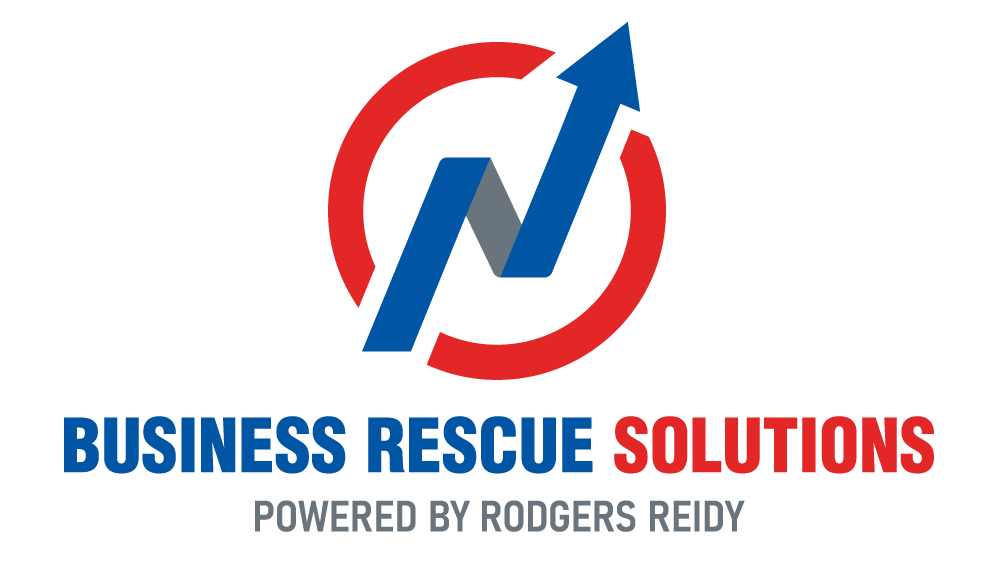
Liquidation Services
Business Rescue Services provides two types of liquidation services, which are designed to help when your business is no longer viable. There are two situations in which you may choose to close your business. One is when it has become insolvent, and the other is when you simply no longer wish to have the business anymore.
Insolvency means that the business no longer has the assets to satisfy liabilities, or in other words, is no longer able to sustain a situation where the money coming in is more than the costs going out.
Liquidation can also be used to simply wind down a business and get back all the money from non-liquid (non-cash) assets such as business buildings or investments that you need time to sell.
Shareholder’s Voluntary Liquidation
This type of liquidation is used when your business has gone into insolvency and the business can no longer be expected to pay back the debts that it has accumulated. Declaring insolvency can be a difficult decision, but it is an important one.
When this happens, it’s essential that your business goes into liquidation as continuing to trade can result in not only significant financial harm to yourself, but also potentially criminal charges. As a result, it’s really important that this paperwork is done correctly and on time.
Using a liquidation service like Business Rescue Services can help to take out all the emotion and stress from the liquidation process, and give you time to consider the end of your business without having to worry about the potential backlash from insolvency.
Shareholder’s Voluntary Liquidation is a common procedure that winds up the trading of a company and begins to settle the debts with creditors. This procedure allows several things to begin to happen.
First, an independent person will be appointed as the liquidator so they will be free from pressures that the directors of the company might feel and can ensure the liquidation process occurs in a fair and equitable manner.
Next the IRD and creditors will be notified, stopping the escalation of debts. The liquidator will then help to distribute the assets of the company fairly among the creditors so that they get as much as they can back from what the company owes them.
Using this formal process helps to allow directors to avoid personal responsibility for their insolvent company continuing to trade and reduces the loss to the economy. Creditors are within their rights to request another liquidator if they feel that they can’t work with the person that has been chosen.
Choosing the right liquidator is very important because the liquidator gains all the power of management from the directors. It’s the liquidator’s responsibility to convert all of the company’s assets to cash. This cash is then distributed to the creditors in order of priority; secured creditors, employees, IRD, PAYE and GST, and unsecured creditors. The liquidator is also responsible for investigating the company’s affairs and lodging all relevant notices and reports with the Companies Office.
Once this formal process has been finished, the creditors aren’t able to pursue the settlement of their debts through normal legal means anymore. Liquidation uses the companies own properties, voidable transactions, shares, and recoverable compensation to pay back as much of the debt to the creditors as possible, and then the debt is considered settled.
Solvent Liquidation
Solvent liquidation refers to the winding down of a solvent company. A solvent company (as opposed to an insolvent company) is one that has maintained the ability to continue trading, and does not have insurmountable debts to pay back.
This option is used when shareholders decide that they no longer want the company to exist and rather than selling the company, they want to wind it down and get back all their non-liquid assets as cash flow.
Although deciding to close a company might seem like a strange choice, solvent companies can be liquidised for a variety of good reasons. For instance, the company may have ceased to trade or the group structure may need to be simplified. The company may also simply have ceased to serve its original purpose.
Solvent companies may also be liquidised for tax purposes. This is the most common reason as deregistration is an easier method to terminate a company but requires that a company has no untaxed capital profits.
Taxation implications of solvent liquidation may differ from individual to individual as a member receiving a distribution from the liquidation of the company will be responsible for their own tax implications. The liquidation can distribute assets at market value or offset against shareholder loan accounts.
Each particular company will have a unique set of circumstances that will give different advantages to a particular liquidation strategy. For ease and expertise, go for a consultation with Business Rescue Services to find out the most tax effective way to wind up your business today.
FAQ's

Liquidation process of bringing a business to an end and distributing its assets to claimants. It is an event that usually occurs when a company is insolvent, meaning it cannot pay its obligations when they are due. As company operations end, the remaining assets are used to pay creditors and shareholders, based on the priority of their claims.
A statutory demand is a court document giving written notice that a debtor company must pay the debt that is owed to the creditor.
When a statutory demand is served you have 10 days to dispute the debt by filing an application to set aside the demand or 15 days to pay the debt in full.
If the debt is not disputed or paid after that time, the company is deemed to be insolvent and the creditor can apply to the Court to place the company into Liquidation.
- The Company is unable to pay its creditors: The company is unable to pay its creditors and the Court or the Shareholders have it placed
into liquidation. - A liquidator is appointed
- The liquidator notifies the Companies Office and advertises the appointment.
- Creditors’ meeting: A creditors’ meeting may be held to appoint a replacement liquidator.
- The Administration of the Liquidation commences. This may include:
- Shutting down the Business
- identifying and selling the company assets
- contacting and receiving claims from the creditors
- sending progress reports to the creditors
- investigating possible offences or unusual transactions
- making payments to creditors (dividends).
- Completion
After all matters are investigated, assets disposed of and distributions completed a final report
is sent to creditors and the Companies Office is notified. The company is then removed from
the Companies Office Register.
- The Company is unable to pay its creditors: The company is unable to pay its creditors and the Court or the Shareholders have it placed
The Liquidator takes control of all the Company’s unsecured assets which is then sold to repay creditors.
Trading companies are usually shut down, although sometimes they may continue to trade for a short time so the business or its assets can be sold.
When the liquidation is complete, the company is removed from the Companies Office Register.
Directors are required to provide information to the Liquidator which includes:
- a brief description of the company’s history
- trading details
- details of the cause of the company’s failure
- all company assets
- all company liabilities
- all shareholder information
- any legal claims by or against the company
Directors are required to help to locate the business records and assets and answer any questions about the company and its business.
The liquidator will also check whether the directors or shareholders owe any money to the company, and whether any offences have been committed.
If there is a surplus after all the company assets have been dealt with and the debts and liquidation expenses have been paid, then it will be distributed back to the shareholders.
A personal guarantee means that someone has agreed to pay the debt if the company defaults. If the company goes into liquidation and is unable to pay the debt the guarantor will have to repay the creditor.
Company directors often guarantee their company’s debts, which means they have to repay them if the company goes into liquidation.
The liquidator will decide if the business should continue trading so it can be sold as a going concern. If the business is closed, your employment will end.
If your employment has been terminated you can file a claim against the Liquidation for any owed salaries, holiday pay or redundancy. Your claim may be preferential which means you will be paid before unsecured creditors if there are funds available.
Emergency financial assistance may be available from Work and Income New Zealand
(WINZ).
Unsecured creditors can’t take legal action against a company in liquidation or deal with its property unless they have permission from the Court or the Liquidator.
Secured creditors can deal with the company’s secured assets. The creditors may decide to appoint a receiver if one hasn’t been appointed. They can claim as an unsecured creditor for any shortfall. If there is any surplus after the assets have been valued or sold, it will be paid to the liquidator.
If the liquidator recovers money the Companies Act 1993 sets out the priority of payments to
include:
- liquidator fees, expenses and remuneration
- costs awarded by the court to the applicant creditor
- costs and claims of a creditor who has assisted the official assignee in the recovery of assets
- actual ‘out-of-pocket’ expenses of any liquidation committee
- wages owed to employees for the four month period prior to the liquidation and all holiday pay and redundancy payments up to a specified maximum amount
- preferential taxes collected for inland revenue including gst, paye, employee deductions for child support and other taxes
- all other unsecured creditors.
The Liquidators job is to obtain the best possible price for any assets for the benefit of the creditors. The assets will be independently valued so as long as the sale price is the same or higher than would be on the open market then there is no reason why the assets cannot be sold to the director.
Broadly speaking.
After the costs of the Liquidation, secured and preferential creditors are paid first then unsecured creditors. Creditors with valid security over stock and equipment (such as retention of title clauses or leases) usually have priority to recover those items where they can be clearly identified.
Preferential claims are mainly employees for wages, redundancy pay and holiday pay (up to a maximum of $25,480 per employee) and the IRD for GST and PAYE
Any surplus left over will be distributed to unsecured creditors which could be a portion of the debt owed.

